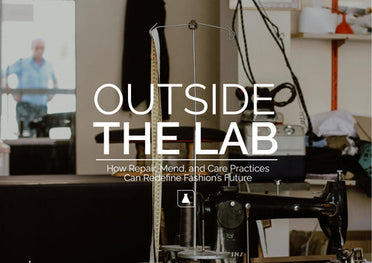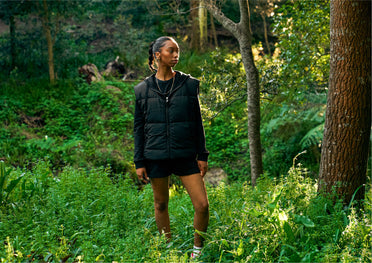How Technology Could Solve Fashion’s Overproduction Problem
[ Story ]
Article
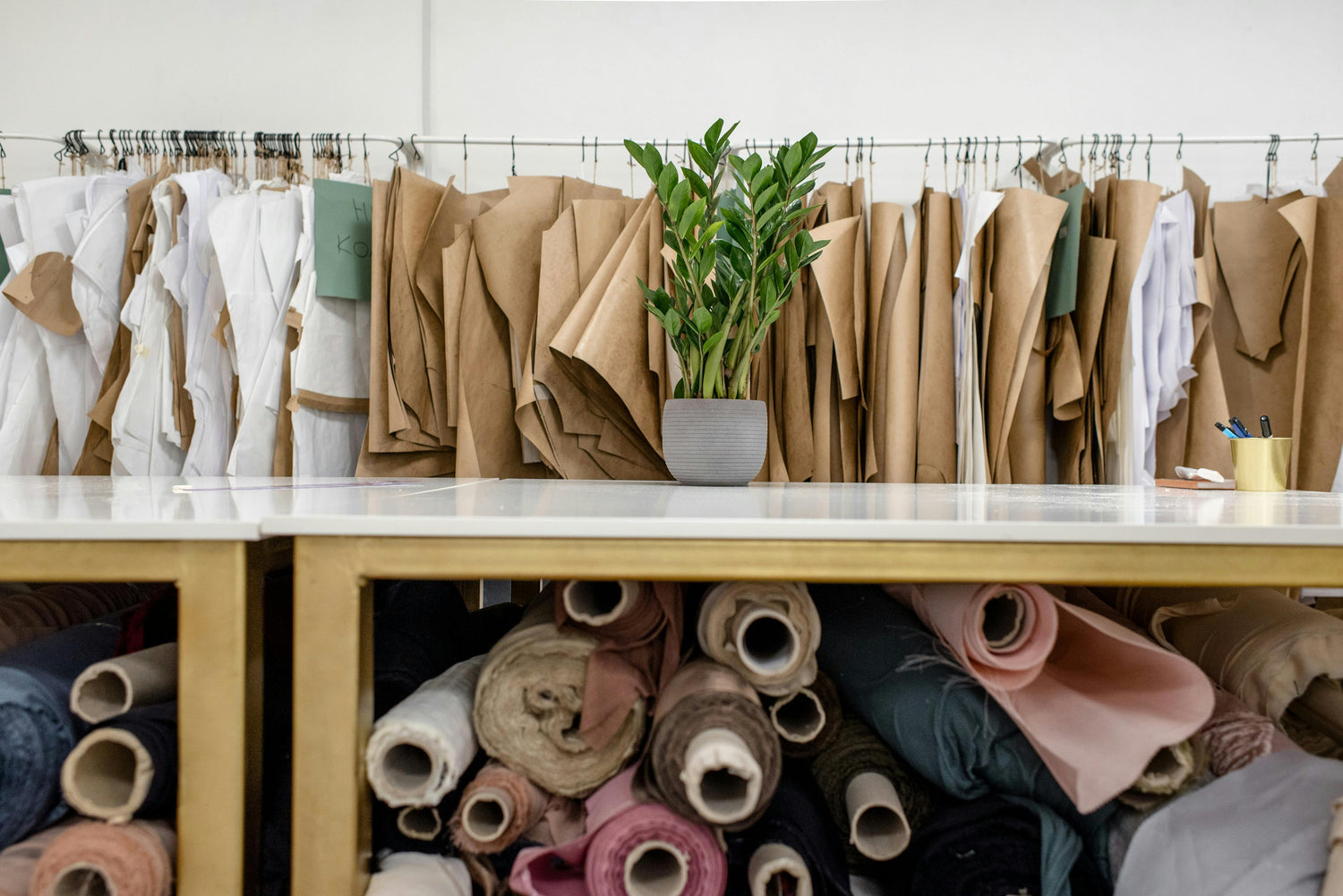
The fashion industry has a massive overproduction issue. With the rise of fast fashion in the last two decades, One Stack Retail estimates that “thirty percent of all fashion garments produced are never sold, and the equivalent of one garbage truck of textiles is landfilled or burned every second’’.
Most of the garments produced today are made with synthetic fibres that have some kind of origin in plastic – making it a nearly impossible task to recycle, especially when fabrics are woven into blends, and have to be picked up to even gain some semblance of a recyclable component. This isn’t even accounting for the unsold garments that end up straight in landfills when seasons end.
Written by Holly Beaton / @hollybellb
Most of the garments produced today are made with synthetic fibres that have some kind of origin in plastic – making it a nearly impossible task to recycle, especially when fabrics are woven into blends, and have to be picked up to even gain some semblance of a recyclable component. This isn’t even accounting for the unsold garments that end up straight in landfills when seasons end.
Written by Holly Beaton / @hollybellb
With the competitive nature of the fashion market at an all time high and behemoths like Shein producing between 35,000 to 100,000 items daily, something’s got to give. It seems, our only way out may be with the integration of technology to facilitate system change at the source.
Leaders in the trend forecasting field, WGSN, are looking to AI-informed models in collaboration with OC&C Strategy Consultants, to offer a product called TrendCurve+ : a tool that can be utilised to analyse consumer demands in such a comprehensive way, that brands could be making ever-more accurate predictions about manufacturing and buying, avoiding the catastrophic levels of waste of new items that never end up being sold.

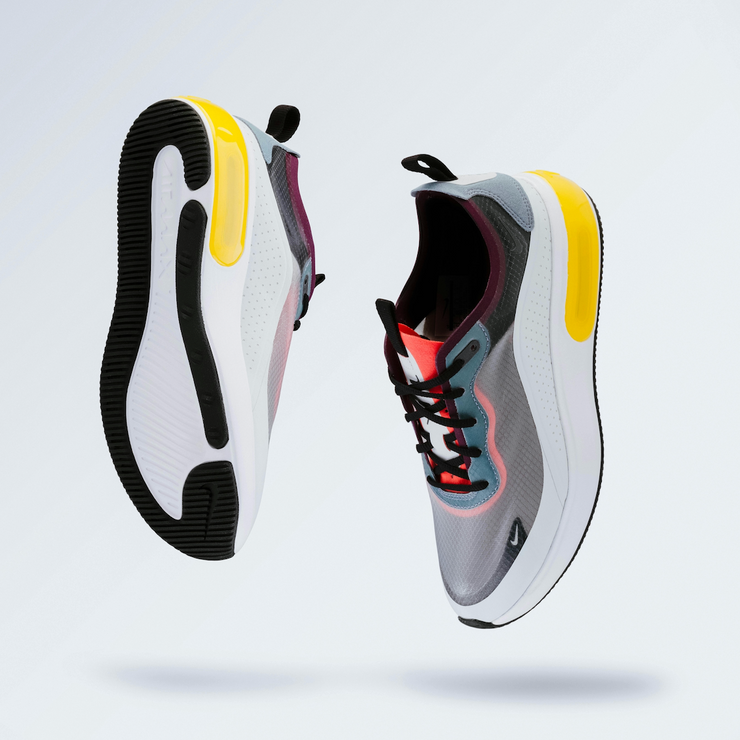
In a case study led between WGSN and OC&C that analysed the predicted deployment of TrendCurve+ within retailer buying department, looking specifically at a ‘women's skinny jeans’ product, the partnership found that “our research demonstrates how a mass-market retailer could have improved margin by £1m-1.5m in its Women’s Skinny Jeans line if more accurate forecasting data was used. Buying in line with the decline in market demand in 2021 would have resulted in 10-40k fewer units of terminal stock,” and that, “in buying fewer units, the brand would have gained back £260k-600k in its Open-to-Buy plan, enabling it to invest more wisely in other categories based on the latest trend predictions, and therefore deliver further topline growth. The environmental benefits would also be significant. Producing even just 10,000 fewer skinny jeans is the equivalent to a reduction of 500kg of CO2, or 600 flights from London to New York.”
Imagine having a tool that acts like a crystal ball for the fashion industry, giving brands the ability to see into the future and make informed decisions about upcoming trends? WGSN TrendCurve+ is precisely this—a cutting-edge fashion planning product. The supply chain in fashion hinges on planning, and the last two decades have seen such planning strategies prioritise profit almost singularly – with little to no regard for the ecological implications. A tool like this, that uniquely combines a variety of data sources and uses advanced machine learning, can provide clear guidance on which trends to invest in, the extent of the investment, and the optimal timing. According to WGSN, their forecasting accuracy runs at impressive rates, boasting over 90% precision on thousands of key fashion elements such as items, silhouettes, prints, colours, and design details.
This kind of advanced technological integration into fashion’s supply chain could have powerful effects; it just requires the buy-in from retailers to undertake, and TrendCurve+ appears to offer a simultaneous ecological and economic incentive. When we’re speaking to systemic change within fashion corporations – a financial benefit has to be key, too.
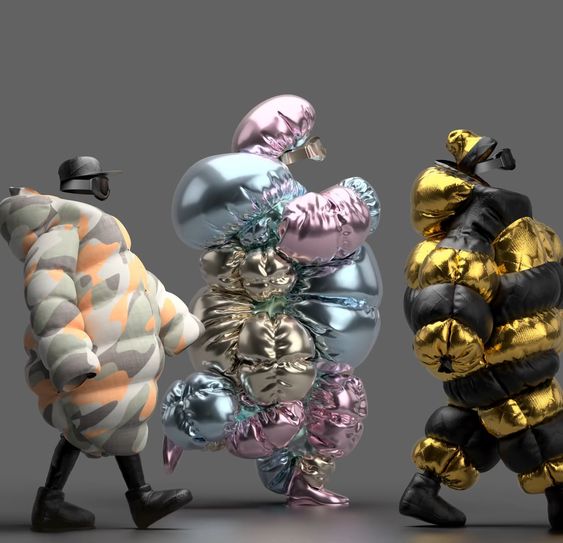
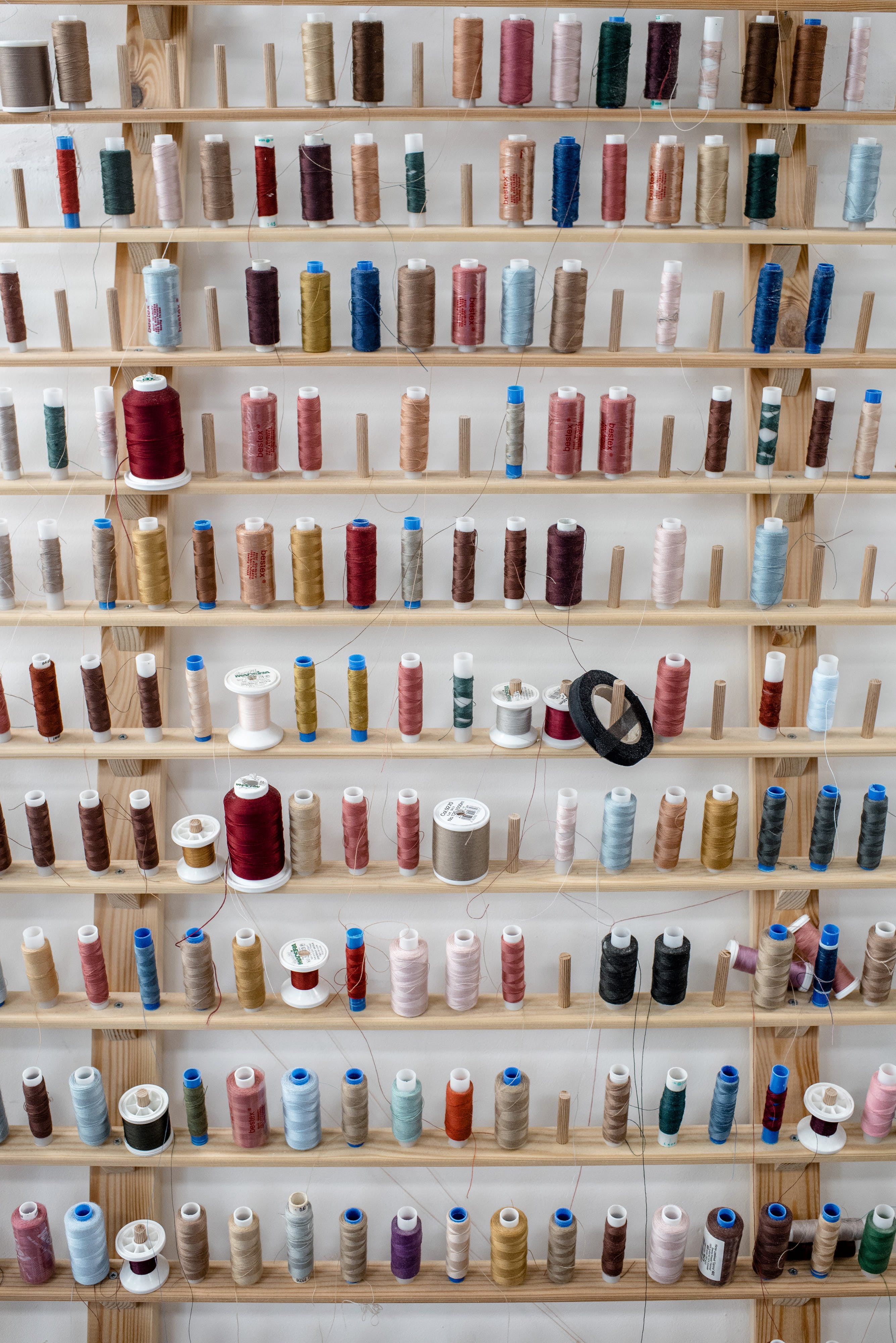

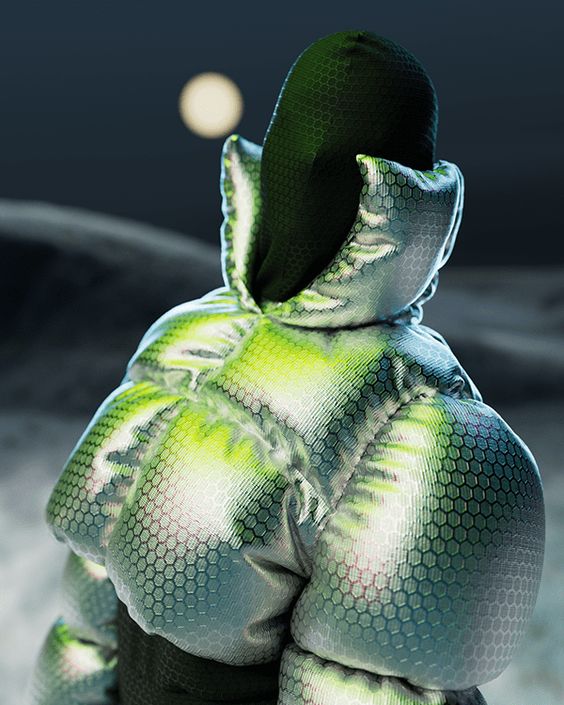

3D Tools within Fashion
Another aspect in which technology is shaping the future of fashion production, is the role of 3D tools in garment sampling. For every new product that a brand iterates, there is a process of sampling and testing that takes place: many variations, across varying sizes, in a process between design teams and manufacturers to finalise the garment style, before it is finally produced and sent to market. As these pieces are iterations, they can never be sold - and end up inevitably in landfills.
Seemsay is a 3D Virtual Sampling tool that is about as hyper-realistic as we can get, digitally. Taking the pattern-making and construction process online, Seemsay offers a vast and customisable fabric library and rendering tool, so designers can accurately prototype their 2D idea into a workable 3D model; entirely scrapping the need for samples to be physically made. Then, digitally fittings take place with a virtual model - across body types, genders and so on. While solving the issue of textile waste at the sampling stage, tools like this are also effectively accelerating the production process: minimising many cycles of back and forth between key players in the design, development and manufacturing stage.
Tommy Hilfger was one of the first brands to integrate 3D sampling as part of their sustainability goals – with a view to virtualise this entire process across all their designs – as reported by Vogue Business
3D printing is also a waste-conscious technology, and has gained more traction in recent years as a viable method for garment and footwear production. 3D printing allows for on-demand production, creating garments only when needed, with this precision reducing surplus stock and eliminating the need for large batches, ultimately lowering the risk of unsold inventory.
Using materials more efficiently and producing items with minimal waste, 3D printed designs are created layer by layer, ensuring that only the necessary amount of material is used, which significantly cuts down on fabric scraps and offcuts common in conventional methods. Customisation is another benefit, allowing for flexible fits and designs that cater to individual needs, further reducing the likelihood of mass-produced items ending up as waste.
Adidas have been at the forefront of this with their STRUNG trainers, made in collaboration with 3D printing house Carbon. The trainers have been under development for five years, using a technology that involves a robot precisely placing individual threads, allowing for customizable and high-performance footwear tailored to specific athletic needs. The result is a lightweight, supportive shoe that enhances comfort and performance while showcasing advanced material engineering – with Adidas going on to apply this technology in collaboration with luxury fashion partners like Stella McCartnery and Yohji Yamomoto’s Y3, to conceive entirely 3D printed trainers.
Another aspect in which technology is shaping the future of fashion production, is the role of 3D tools in garment sampling. For every new product that a brand iterates, there is a process of sampling and testing that takes place: many variations, across varying sizes, in a process between design teams and manufacturers to finalise the garment style, before it is finally produced and sent to market. As these pieces are iterations, they can never be sold - and end up inevitably in landfills.
Seemsay is a 3D Virtual Sampling tool that is about as hyper-realistic as we can get, digitally. Taking the pattern-making and construction process online, Seemsay offers a vast and customisable fabric library and rendering tool, so designers can accurately prototype their 2D idea into a workable 3D model; entirely scrapping the need for samples to be physically made. Then, digitally fittings take place with a virtual model - across body types, genders and so on. While solving the issue of textile waste at the sampling stage, tools like this are also effectively accelerating the production process: minimising many cycles of back and forth between key players in the design, development and manufacturing stage.
Tommy Hilfger was one of the first brands to integrate 3D sampling as part of their sustainability goals – with a view to virtualise this entire process across all their designs – as reported by Vogue Business
3D printing is also a waste-conscious technology, and has gained more traction in recent years as a viable method for garment and footwear production. 3D printing allows for on-demand production, creating garments only when needed, with this precision reducing surplus stock and eliminating the need for large batches, ultimately lowering the risk of unsold inventory.
Using materials more efficiently and producing items with minimal waste, 3D printed designs are created layer by layer, ensuring that only the necessary amount of material is used, which significantly cuts down on fabric scraps and offcuts common in conventional methods. Customisation is another benefit, allowing for flexible fits and designs that cater to individual needs, further reducing the likelihood of mass-produced items ending up as waste.
Adidas have been at the forefront of this with their STRUNG trainers, made in collaboration with 3D printing house Carbon. The trainers have been under development for five years, using a technology that involves a robot precisely placing individual threads, allowing for customizable and high-performance footwear tailored to specific athletic needs. The result is a lightweight, supportive shoe that enhances comfort and performance while showcasing advanced material engineering – with Adidas going on to apply this technology in collaboration with luxury fashion partners like Stella McCartnery and Yohji Yamomoto’s Y3, to conceive entirely 3D printed trainers.
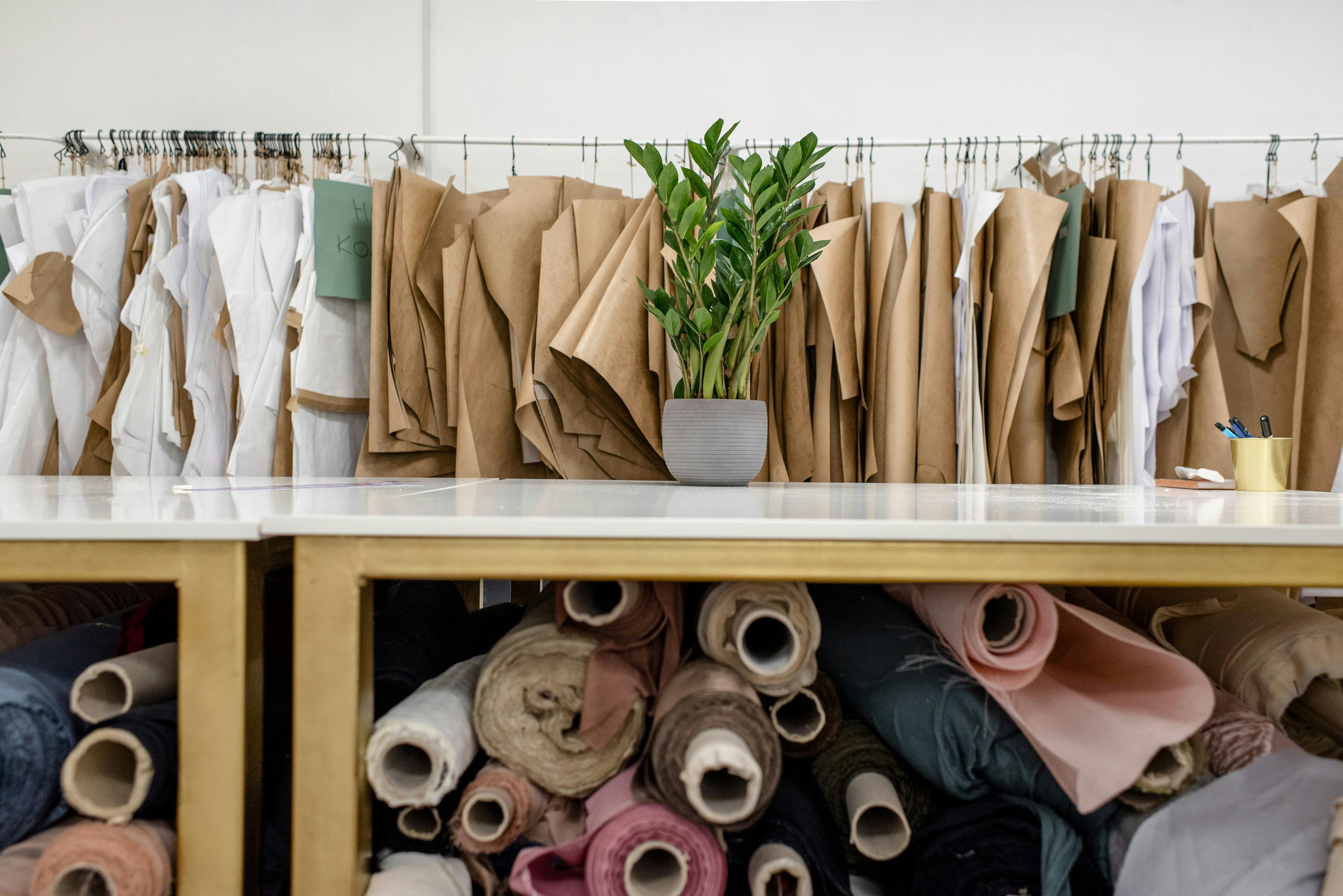
Biotechnology In The LAB
Similarly at Sneaker LAB, we’re focused on integrating technology across the way that we innovate. By harnessing biotechnology, specifically, to formulate our product offerings, our first hand experience has taught us that investing in mindful care-practices for our garments, footwear and accessories, resolves the responsibility that we can all hold to extend the life cycle of their treasured pieces and in effect, diverting clothing from landfill, and enriching our consumption-habits with circularity-led thinking. Our bio-technologically made formulas are biodegradable and as kind to your clothing as they are to the planet – and our journey continues to show us that technology really can unlock a future underpinned by a vision of care and thoughtfulness.
We’re witnessing all manner of innovative thinking and application between technology and fashion. While we continually get used to the evolving nature of our digitally-driven world, the potential remains limitless for how we can harness tech in an uncertain age, marred by climate change and our human-centric effects on planetary health. We want to remain hopeful, and we’ll keep looking to brands and innovators to reveal the possibilities for the future – tech is here to stay, and we might be too, if we can apply it to problem solving and systems change. Onwards and upwards.
Similarly at Sneaker LAB, we’re focused on integrating technology across the way that we innovate. By harnessing biotechnology, specifically, to formulate our product offerings, our first hand experience has taught us that investing in mindful care-practices for our garments, footwear and accessories, resolves the responsibility that we can all hold to extend the life cycle of their treasured pieces and in effect, diverting clothing from landfill, and enriching our consumption-habits with circularity-led thinking. Our bio-technologically made formulas are biodegradable and as kind to your clothing as they are to the planet – and our journey continues to show us that technology really can unlock a future underpinned by a vision of care and thoughtfulness.
We’re witnessing all manner of innovative thinking and application between technology and fashion. While we continually get used to the evolving nature of our digitally-driven world, the potential remains limitless for how we can harness tech in an uncertain age, marred by climate change and our human-centric effects on planetary health. We want to remain hopeful, and we’ll keep looking to brands and innovators to reveal the possibilities for the future – tech is here to stay, and we might be too, if we can apply it to problem solving and systems change. Onwards and upwards.
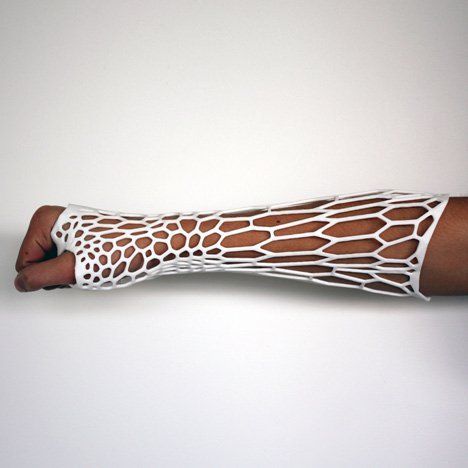

[ Follow ]
